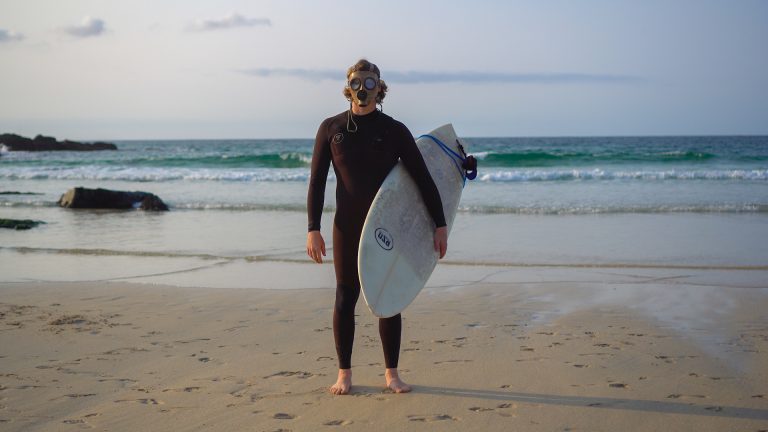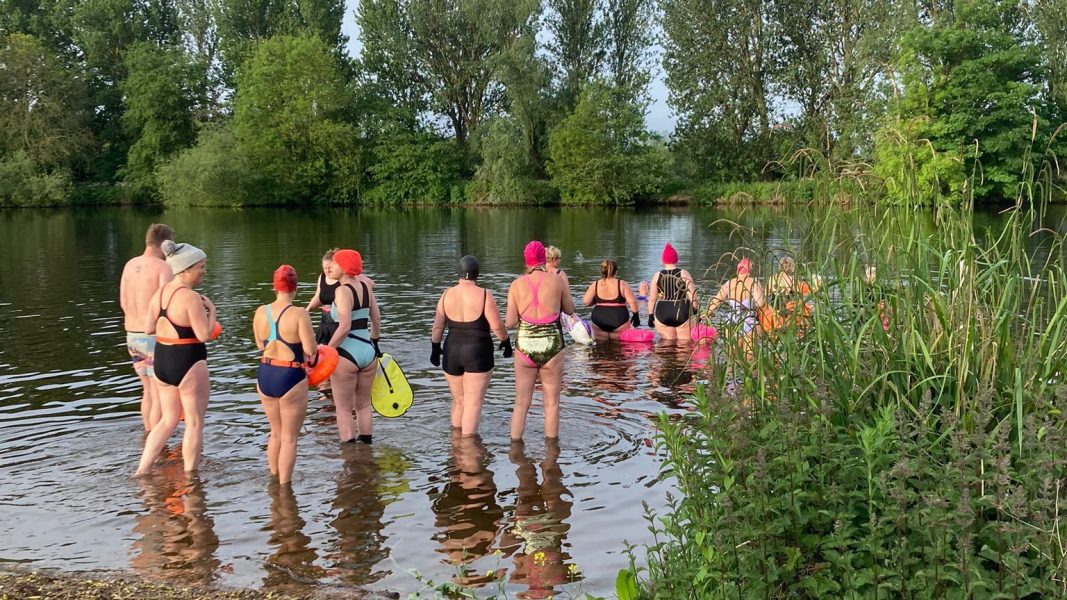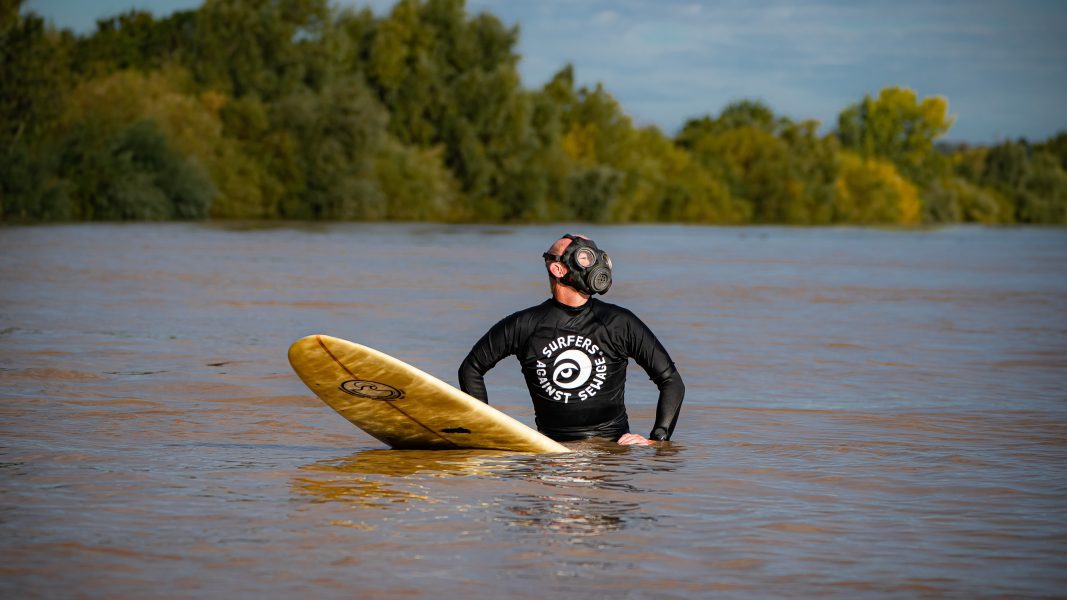

Sewage pollution: facts & figures
-
604,833
discharges of raw sewage into UK waterways in 2023 alone

-
75%
of UK rivers pose a serious risk to human health

-
1,785
reports of sickness after bathing linked with a sewage discharge in the area

Water quality in numbers
- Of the 86% of inland water bodies which fail to meet targets in England, 36% have been identified as failing directly as a result of sewage and wastewater discharges
- This year we received 1,924 sickness reports from water users who got ill after entering the water.
- In Scotland a miniscule 4% of sewage overflows have reporting requirements. https://waterquality.sas.org.uk/the-state-of-sewage/
- In 2022, both Hafren Dyfrdwy and Dwr Cymru discharged for a total of 613,618 hours. That’s equivalent to 25,567 continuous days of sewage discharge. https://waterquality.sas.org.uk/wales/
- In Northern Ireland, two bathing locations, Ballywalter and Newcastle, received 41 PRF alerts each over the period between the 1st of June and the 15th of September 2023. https://waterquality.sas.org.uk/northern-ireland/
- This year alone, the SSRS has reported over 18,000 real-time sewage alerts and pollution risk forecasts for the UK. https://waterquality.sas.org.uk/the-state-of-sewage/
- 14% of the UK’s rivers are considered to be in good ecological health, and every single one of them fails to meet required chemical standards. (The Rivers Trust, 2021)
- In the 2021/22 financial year, water companies paid out a total of £965 million in shareholder dividends (SAS Water Quality Report)
- Water company CEO’s took home an eyewatering £16.5 million in the 2021/22 financial year (SAS Water Quality Report)
The health of the ocean and rivers has never been worse. Polluted waters represent a major threat to our health, the welfare of our wildlife, and the long-term future of our ecosystems. We believe it is a human right to expect to be able to swim, surf, paddle and bathe in safety without getting sick. And if you care about the UK’s natural environment, it’s time to take a stand and demand a cleaner, fresher future for our waterways.
Our waterways are polluted by a chemical cocktail of sewage, agricultural run off and contaminants from roads, urban developments and landfill. One of the main source of sewage pollution is through Sewer Overflows which include Combined Sewage Overflows (CSOs) and pumping stations. Water companies are legally allowed to discharge untreated wastewater through sewer overflows during periods of heavy rain, but we’ve found they are being used on an alarmingly routine basis.
The UK’s antiquated, outdated sewerage system is in a terrible state. It cannot cope with the combined problems of increasing population, urbanisation and climate change. In 2022 there were over 399,864 discharges of untreated sewage into UK rivers.
Appallingly, the UK’s water users are as likely to become ill from seawater as they were in the 1990s, with conditions ranging from sore throats and upset stomachs to serious illnesses like gastroenteritis, hepatitis and E. coli. According to the European Centre for Environment and Human Health, people who swim or bodyboard in UK waters regularly are three times more likely to have antibiotic resistant E. coli in their guts.
- Want to know how clean your local beach really is? Check our interactive water quality map or download our Safer Seas & Rivers Service app to receive real-time information to keep you safe.
- Write to your MP to demand action to #EndSewagePollution.
- Report a pollution incident.
Help #EndSewagePollution


Sewage pollution: what we stand for

